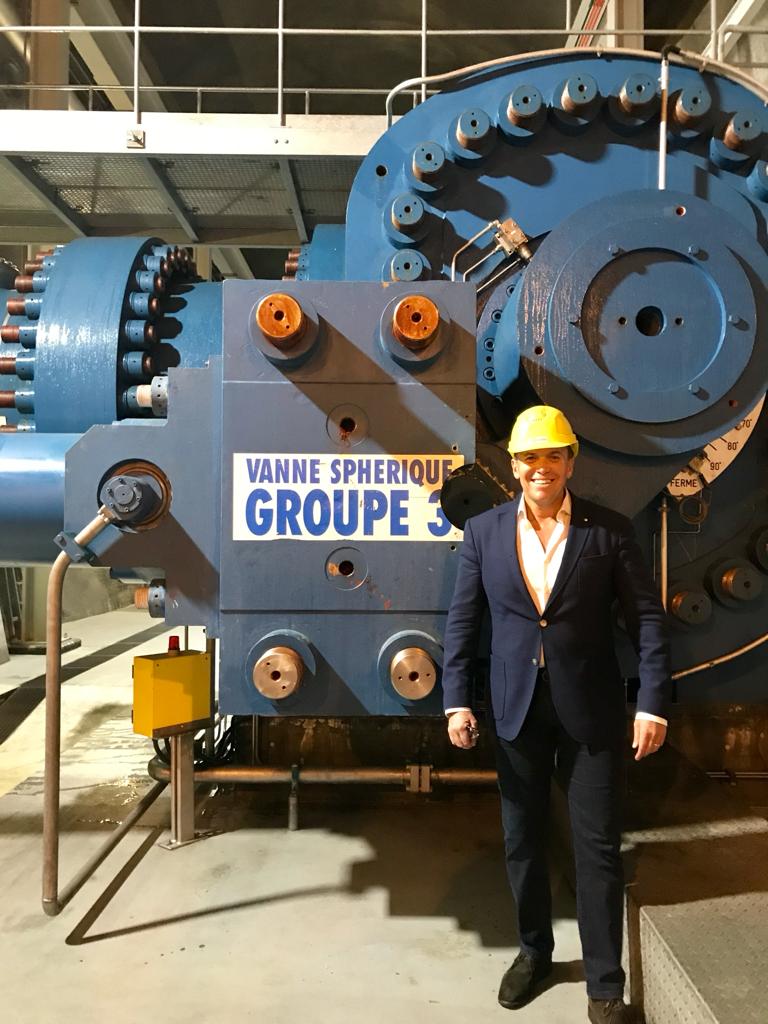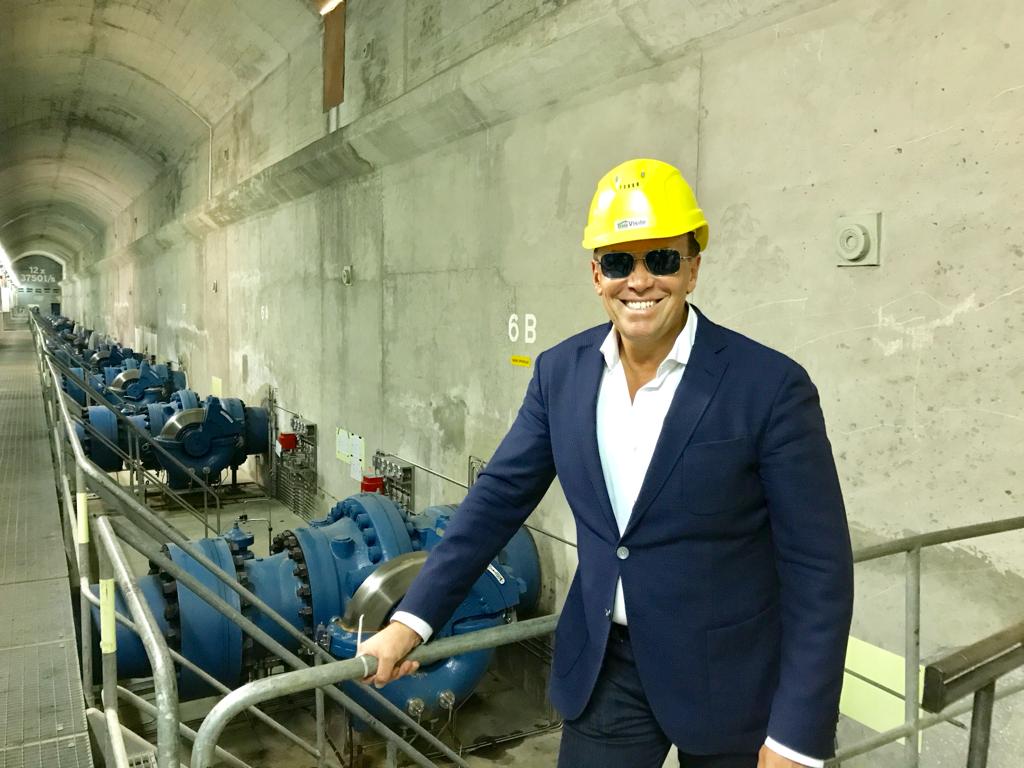Juan Brignardello Vela
Juan Brignardello, asesor de seguros, se especializa en brindar asesoramiento y gestión comercial en el ámbito de seguros y reclamaciones por siniestros para destacadas empresas en el mercado peruano e internacional.




The recent event of the Asia-Pacific Economic Cooperation (APEC) Forum has left many Peruvians wondering: what comes after APEC? The need to attract private investment is undoubtedly one of the most crucial focuses for the country's economic development. With more than 70% of the population employed in the informal sector and an economic growth that barely manages to take off, Peru finds itself at a crossroads where growth is not the only objective, but it is an essential requirement to generate formal employment. However, after the ceremonies and accolades of APEC, the question persists: is Peru truly an attractive country for private investment? An examination of the current situation reveals a concerning scenario in which the Government, Congress, and other branches of the State seem more focused on their political agendas than on creating a conducive environment for investment. The proverbial mountain must go to Muhammad; that is, the country must offer favorable conditions instead of waiting for investors to come out of inertia. Congress, in its eagerness to approve measures that generate public spending, has fallen into a trap of inconsistency. Recently, the Constitutional Court issued a ruling that allows spending in the future but not in the present. This raises a fundamental question: how can businesses and citizens maintain fiscal discipline under such a contradictory rule? The answer seems to be that they cannot, and this only perpetuates a cycle of inefficiency that drives away investors. The situation becomes even more complicated when considering the Executive's intention to request loans from the Bank of the Nation to acquire airplanes, including a presidential aircraft. In a context where the credibility of institutions is in question, such decisions are perceived as a waste of resources. Furthermore, it is hard to imagine Congress approving the trips for the new presidential plane given the prevailing political polarization. Local governments have also proven to be an obstacle to investment, often imposing requirements and hurdles that discourage companies. Decentralization, rather than strengthening regional economies, has created a bureaucratic maze that deserves a thorough review. Public investment, for its part, not only suffers from a low execution rate, but many projects remain unfinished, preventing the closure of critical infrastructure gaps. Amid this disorder, Congress legislates without considering the recommendations of the most relevant technical institutions, such as the Central Reserve Bank and the Ministry of Economy and Finance. This lack of respect for technical knowledge only exacerbates the governance crisis and the inability to implement effective policies. Citizen insecurity has become another hot topic. The lack of a clear strategy from the Government has led to measures that are more reactive than proactive. The recent meeting of the State Council has come too late and has offered partial solutions that do not address the underlying problem. The release of detainees by prosecutors and judges poses a greater issue: there is a lack of understanding of the causes behind these judicial decisions. The Judiciary and the Prosecutor's Office are fundamental pillars in the institutional framework that Peru needs to move forward. However, the renewal of the National Justice Board is marked by questions that seem more like a struggle of egos than an effort to ensure quality and ethics in the judicial system. The lack of attention to the selection of the best candidates only perpetuates mediocrity in justice. Politics in the country has fallen into a cycle of personal ambitions rather than being guided by collective visions. Political fragmentation and the power of illegal economies create a toxic environment. In times when bold and united decisions are required, the country finds itself trapped in disputes of lesser importance. The future of Peru depends on its ability to transform these ambitions into visions that generate opportunities for all. Only then can the country emerge from this crossroads and attract the private investment it so desperately needs. Otherwise, the question that arises after APEC would become an empty echo in the history of a country that had the opportunity to shine and remains in the shadows of distrust and inefficiency.
Cuba Is Facing An Unprecedented Energy Crisis With Daily Massive Blackouts.

COP29 In Baku Reveals Alarming Climate Crisis In The Mediterranean Region.

"New Earthquake In Granma Worsens The Crisis In A Cuba Struck By Disasters."






